Rittenhouse provoked 'entire incident' of Kenosha fatal shootings: Prosecutor
The prosecution at the murder trial of Kyle Rittenhouse on Monday accused the teenager of provoking the "entire incident" that led to him shooting three men during volatile protests over race and policing in Wisconsin last year.
Kicking off the prosecution's closing arguments, Kenosha County Assistant District Attorney Thomas Binger told the jury to ignore Rittenhouse's argument that he was attacked and fired his semi-automatic AR-15-style rifle in self-defense, killing two men and wounding a third.
Instead, Binger said, Rittenhouse instigated the fatal clashes by brandishing his weapon.
Binger tried to demonstrate this by raising the gun in front of the jury. "That is what provokes this entire incident," he said. "If you are the one who is threatening others you lose the right to self-defense," the prosecutor said.
The defense will follow with its final address to the jury and is expected to highlight the considerable evidence presented at trial supporting Rittenhouse's argument that he was attacked.
The trial is the most closely watched case involving a civilian's right to self-defense since George Zimmerman was acquitted in the fatal shooting of Trayvon Martin, an unarmed Black teenager, in 2013.
Like Zimmerman, Rittenhouse has emerged as a divisive figure, viewed as heroic by some conservatives who favor expansive gun rights and as a symbol of an out-of-control American gun culture by many on the left.
Rittenhouse, 18, is charged with killing Rosenbaum, 36, and Anthony Huber, 26, and for wounding Gaige Grosskreutz, 28, on Aug. 25, 2020. The shootings took place in Kenosha, Wisconsin, during protests - marred by arson, rioting and looting - that followed the police shooting of a Black man, Jacob Blake, who was left paralyzed from the waist down.
Rittenhouse, who has pleaded not guilty and testified last week that he acted in self-defense, faces life in prison if convicted. He was 17 at the time of the shootings. read more
Graphic video
After the defense presents its closing arguments, the jury will begin deliberations and attempt to form a consensus on guilt or innocence.
The closing arguments are the lawyers' last chance to influence a jury which has heard evidence supporting Rittenhouse's argument that he was attacked before he fired his rifle.
In his testimony, the teen, at times losing his composure and crying, said he did not want to kill anyone that night.
For the prosecution, Binger said Rittenhouse had gone out of his way to travel to Kenosha from Antioch, Illinois, during the protests, one of a series of demonstrations in 2020 against racism and police use of force.
"This isn't a situation where he was protecting his home or his family," Binger said.
The jury was shown a graphic video of Rosenbaum after he was shot four times, lying motionless and struggling to breathe.
"The defendant decided to pull the trigger on his AR-15 four times. That was his decision and he is responsible for every bullet that comes out of that gun. He doesn't get a pass by pulling the trigger fast," Binger said.
Citing grainy video evidence, Binger argued that Rosenbaum had charged after Rittenhouse in an attempt to "try and stop the defendant from pointing his gun or shooting anyone" and that it was Rittenhouse who had provoked the encounter.
Under Wisconsin law, a person who has provoked a confrontation must exhaust all other options before resorting to deadly force, and Binger told the jury that Rittenhouse could have continued to run away from Rosenbaum.
Binger also said that Anthony Huber, a protester who was shot after striking Rittenhouse with his skateboard, was trying to disarm the teenager.
Earlier Monday, the trial judge dismissed a misdemeanor charge against Rittenhouse for illegally possessing the AR-15-style rifle he used in the shootings.
Judge Bruce Schroeder sided with the defense argument that there were exceptions in the law that appeared to allow for Rittenhouse to possess the semi-automatic rifle.
While a misdemeanor charge, its dismissal carries symbolic significance for a case that has captured the attention of the public in part because it involved a teenager roaming the streets with a semi-automatic rifle who was not immediately brought into custody by the police in Kenosha.
Source: Reuters
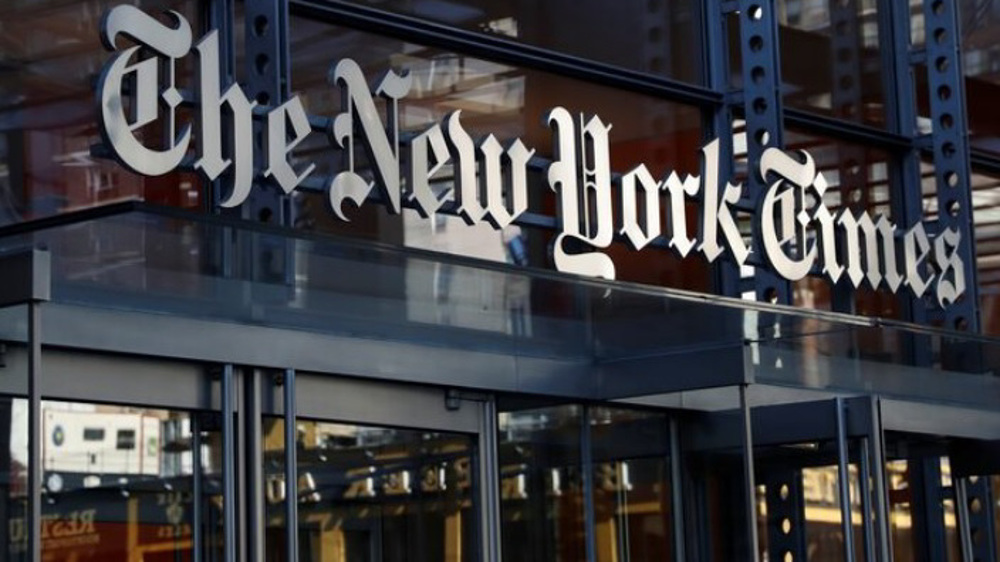
Hamas denounces NYT distortion of Marzouk’s comments on Op Al-Aqsa Flood
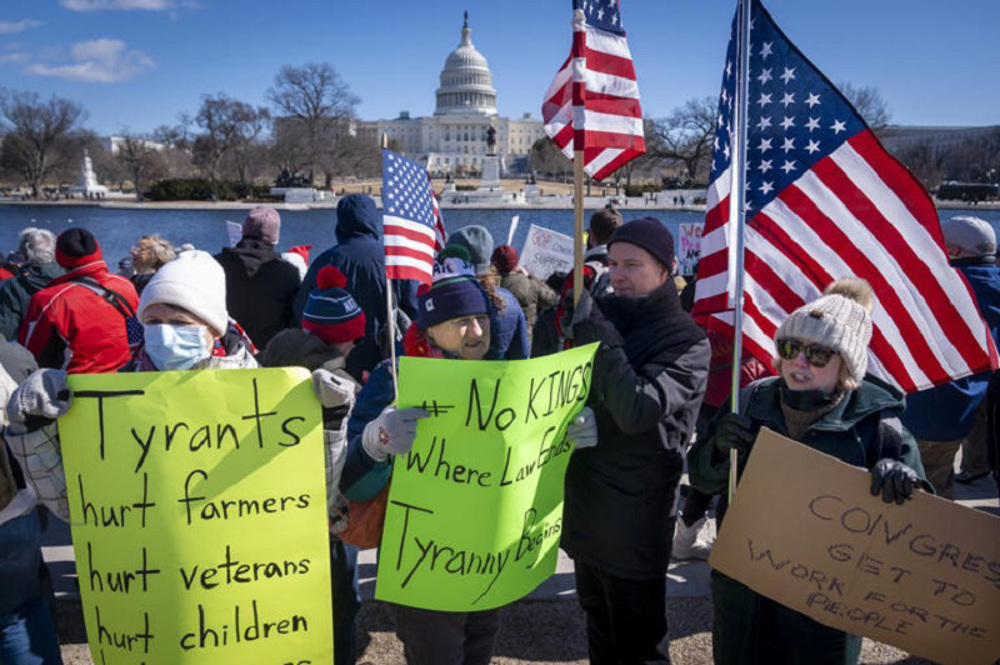
Thousands demonstrate on Presidents’ Day to call Trump 'A Tyrant'
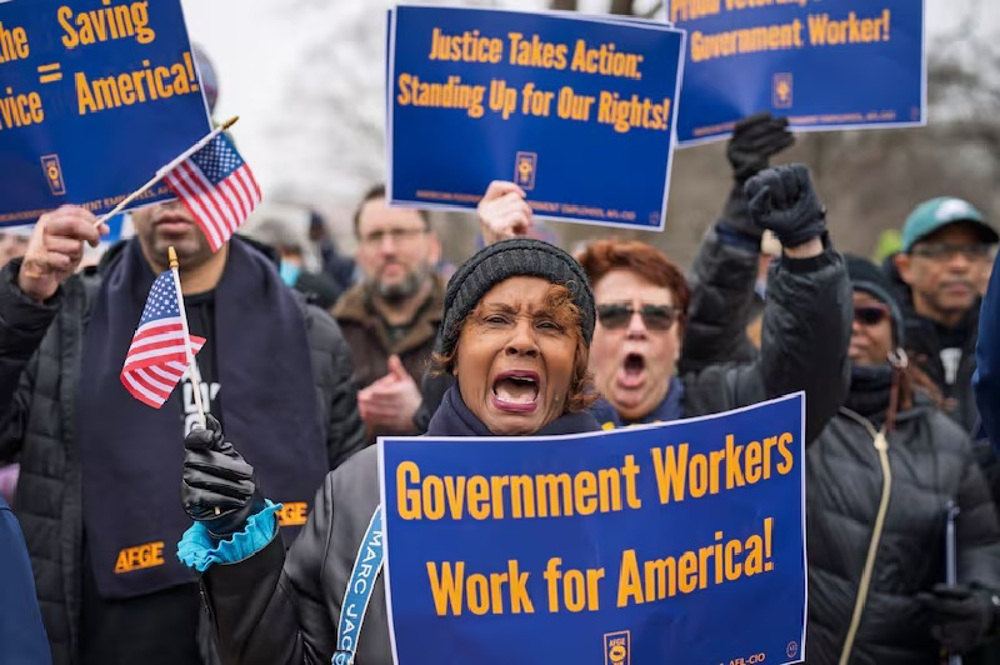
US Federal workers protest Trump workforce cuts
VIDEO | Gazans striving to survive with bare hands
'Shocking attack on free expression': Canadian politician slams arrest of pro-Palestine activist
West Bank Palestinians fear Gaza style destruction as Israel escalates raids
Hamas: Ibrahimi Mosque massacre testament to Israel’s criminal policy
Trump eyes Ukrainian rare earth minerals in exchange for military support to Kiev
Six Gaza children, including newborn girl, die of cold weather as Israel blocks aid
Iran rules out nuclear talks with US amid ‘maximum pressure’ campaign
Israeli tanks roll into West Bank first time in 20 years as prelude to forcible annexation



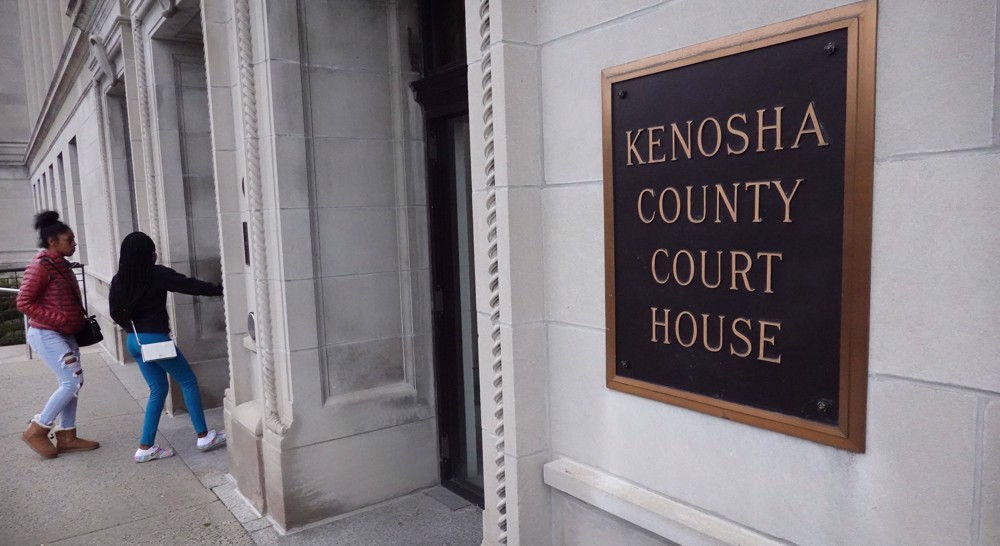
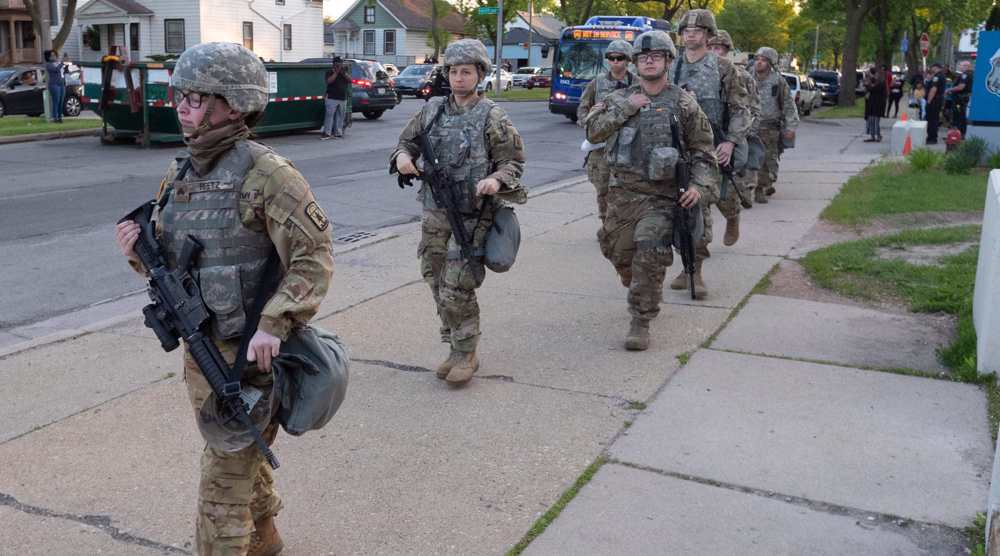




 This makes it easy to access the Press TV website
This makes it easy to access the Press TV website